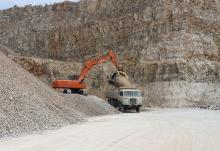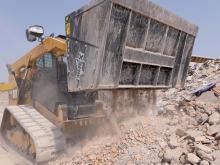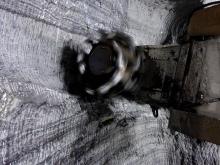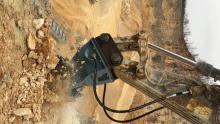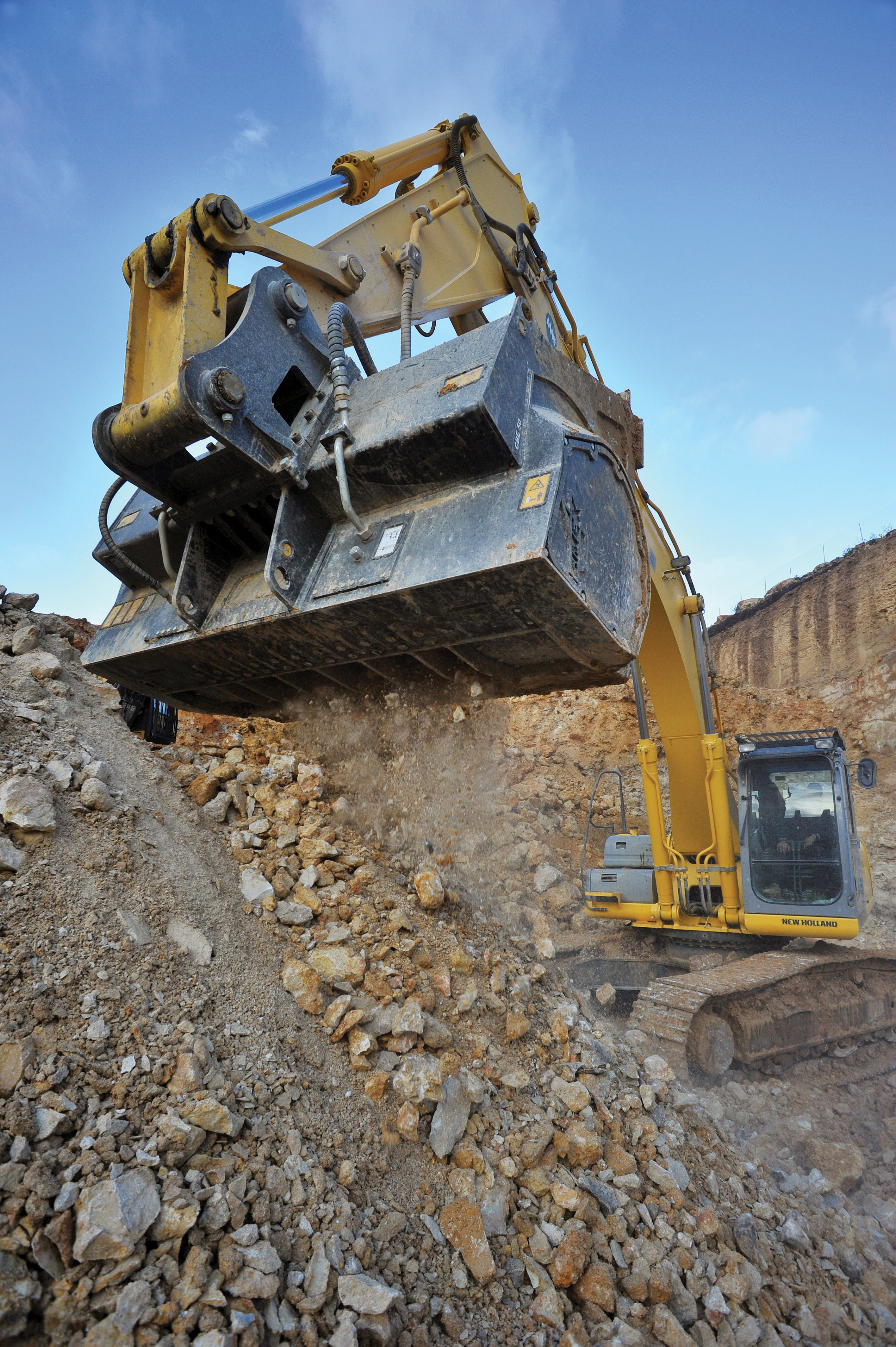
Waste material generated from the quarrying of decorative stone can represent a profitable quality product provided the equipment used is able to contain costs and deliver high productivity. Puglia, a region that boasts one of the most important mining industries in Italy, possesses several districts where quarrying plays a leading role in the local economy. One of the most important is Apricena, site of Apricena Stone, known throughout the world for its aesthetic qualities and hardness.
Apricena Stone is a calcareous sedimentary rock found within the confines of three municipalities, Apricena, Lesina and Poggio Imperiale, which are situated on the plain below the Gargano peninsula.
The area is a major mining hub in southern Italy, but also has importance nationally, ranking among the prime centres for productivity and export.
Apricena Stone is characterised by different types and variations that differ from each other in hue and surface, but that are all part of the same geological formations.
Nearly all of Apricena Stone is stratified in 30-500cm thick layers, usually separated by a layer of clay. Chemically speaking, the rock mass is over 96% calcium carbonate which presents traces of iron oxide, manganese and aluminium as well as other minerals in lesser concentration.
Apricena Stone is highly appreciated as an ornamental material for interiors and exteriors and is distinguished for its aesthetic features and durability, as well as its hardness and compression strength.
Use as an aggregate
Depending on the area and orientation, Apricena Stone sits in layers covered by overburden and weathered layers, which are considered waste.
Once they are removed they are transferred to special temporary storage areas.
Crusher bucket: Technical information
Company: Simex
Model: CBE 50
Bucket weight (empty): 4100kg
SAE capacity: 1,20 m3
Full bucket weight*: 5500kg
Width: 2350 mm
Required oil flow: 350-600l/min
Required oil pressure: 350-230BAR
Though obviously unusable for decorative or architectural purposes, this material has excellent characteristics when crushed and is used as aggregate for embankments and fillers. But its reuse, also incentivised by regional government regulations, requires specific competencies and an in-depth knowledge of the work cycle as well as the cost-to-benefit ratio.
Moteroc, operating in Apricena since the 1950s, has focused on the recycling of quarry material and has achieved interesting results in the production of aggregates.
Specialising initially in quarry site preparation, Moteroc coupled this activity with earthmoving and then moved on to performing a variety of civil, maritime, railway, road and hydraulic works.
Its expert knowledge of the problems involved in quarry site preparation, as well as challenges of infrastructure construction, then led the company to devise a methodology that enables optimisation of the operations required for the production of aggregates.
Quality aggregates, controlled costs
Reusing material that cannot be quarried for the production of decorative stone depends on two important factors. The first is that the excavation to reach the layers involves the constant movement of machinery (which must also have good mobility in areas without tracks or access routes).
The second is that the production of aggregates cannot be weighed down by excessive costs: it has to guarantee material of the desired size range without performing additional processes to obtain it.
The evaluation of both aspects eventually led Moteroc to abandon the use of the mobile crushing unit and to search for a solution that enabled greater flexibility in the applications and higher profitability.
The company says the solution was pinpointed in the
“The flexibility we get by using the excavator as the prime mover for various attachments definitely allows better mobility and operating flexibility,” says Giovanni Ortuso, company
owner.
CUTTER HEAD: Technical information
Company: Simex
Model: TF2000
Width: 1100mm
Milling speed: 60-100giri/min
Hydraulic motor power: 112(152)kw(cv)
Required oil flow: 170-340l/min
Required oil pressure: 400-210BAR
Max. vertical force: 53,9KN
Operating weight (std. drum): 2540Kg Recommended Excav. weight*: 28-45Ton“Both the crusher bucket and the cutter head allow us to obtain ideal size ranges for different applications, such as those required for the construction of a new section of the
Gargano railway.
“According to the size range set out in the specifications, we use the aggregate produced in the quarry both for embankments and for the super-compacted layer placed under the sub-ballast.”
Simex says that the possibility of obtaining aggregates without performing additional processes “is the true asset of this solution.”
The CBE 50 crusher can produce material with a size range of 0-80mm and 0-130mm, and when it is mixed with the material produced by the breaker used for the earthworks, the design aggregate gradation needed to make railway embankments is achieved without having to add other material, says Simex. Ortuso points that out the use of the crusher bucket also has another advantage.
“Using the crusher bucket is efficient because we can eliminate the excess clay without having to screen or wash the aggregate.
By inverting the motion of the rotor, the excess clay is eliminated, but not the clay that covers the material. This is an important function since it acts as a filler and improves the cohesion between the material crushed by the breaker and that produced by the crusher bucket.”
The use of the cutter head is an efficient solution when the specs call for a size range of 0-30mm, ideal for mixing with the granular fill for foundations of various type. And in the specific case of the Gargano railway embankments, it matches the specifications for the super-compacted layer under the sub-ballast.
“Using the cutter head also allows us to profile the excavation face better than a breaker, because it enables a higher precision and significantly increases safety,” adds Ortuso.

